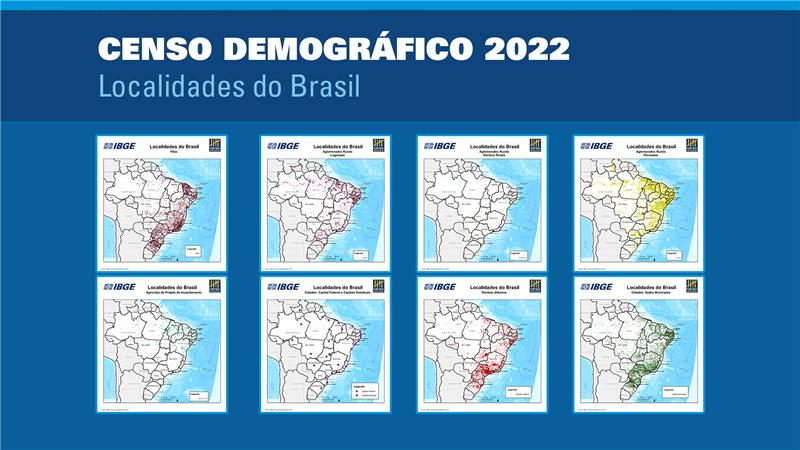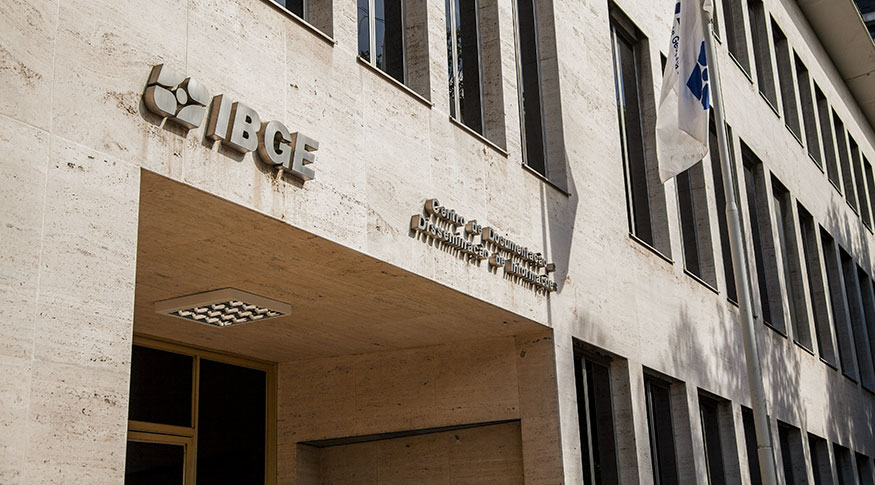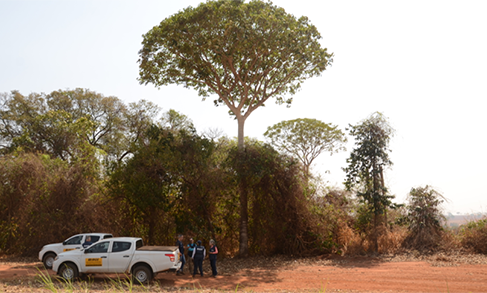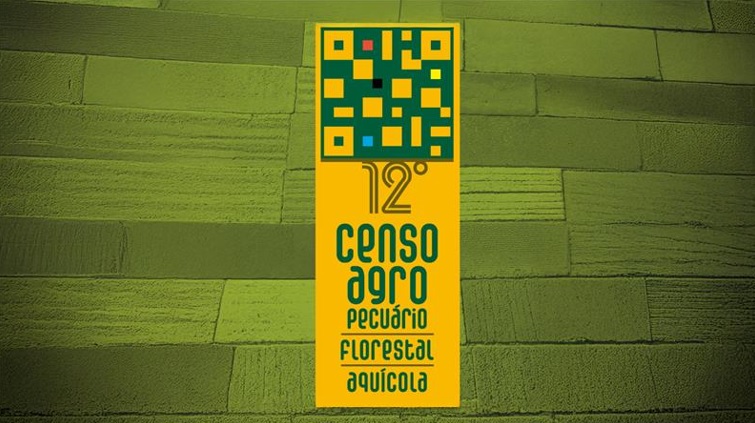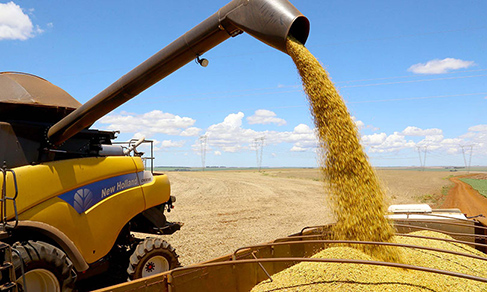Agricutural production
April´s estimate points out a record harvest of 328.4 million tonnes in 2025
May 15, 2025 09h00 AM | Last Updated: May 15, 2025 02h31 PM

Estimate of soybean production points out a record of 164.2 million tonnes in 2025 - Picture: Jaelson Lucas/AEN-PR
According to the April estimate of the Systematic Survey of Agricultural Production (LSPA), released today (15) by the IBGE, the national harvest of cereals, legumes and oilseeds should reach 328.4 million tonnes in 2025. It represents a production 12.2% higher than that obtained last year (292.7 million tonnes). Compared with the March´s estimate, it increased 0.2% or 732.7 thousand tonnes.
"We had a series of climate problems in 2024, affecting the major Brazilian crops. In 2025, we have a recovery harvest, with quite better weather for the development of the crops. The problems noticed last year mainly affected the Central-West Region, whereas the states of this region are hitting a high output this year, with a growth of 10.3% in the grain harvest in Mato Grosso, 18.9% in Goiás and 26.7% in Mato Grosso do Sul," contextualizes Carlos Alfredo Guedes, IBGE´s Manager of Agriculture.
Guedes also highlights the growth in the production in relation to 2024 2024 in the states of São Paulo (22.0%) and Paraná (20.0%). On the other hand, Rio Grande do Sul had a drop of 4.0% in the output of grains, affected by the lack of rainfall in several regions of this Federation Unit.
The production of soybeans, the Brazilian major commodity, should be a record in 2025, with an estimate of 164.2 million tonnes, an increase of 13.3% in relation to the amount obtained in 2024. It remained stable (0.0% or -69.6 thousand tonnes) in relation to the March´s estimate.
The manager of Agriculture also highlighted the output of corn in 2025, which is getting closer to the record registered in 2023. "The estimate of the production of corn is quite fair, at 128.2 million tonnes, close to record of 132 million tonnes recorded in 2023. The second crop of corn, which is responsible for the highest volume of corn produced in Brazil, is already under development and will be harvested in June. It means that a slight change in the estimates until the end of the year is possible, unlike soybeans, which have already been virtually harvested."
In a year of smaller production, estimate for coffee grows in April
Considering the two species, the Brazilian output of coffee was estimated at 3.3 million tonnes, an increase of 2.3% in relation to the March´s estimate and a drop of 3.6% over 2024.
Concerning coffea arabica, the production was estimated at 2.2 million tonnes, an increase of 3.5% in relation to the previous month and a decline of 7.5% in relation to the volume produced in 2024. Concerning coffea canephora, the production was estimated at 1.1 million tonnes, remaining stable in relation to March and increasing 5.5% in relation to the volume produced in 2024.
"In the case of coffea arabica, the 2025 harvest is of negative biennial bearings, i.e., a natural drop in the output due to the characteristics of this species, which tends to be more productive in even years, jeopardizing the production in the next year. In this context, the drop of 7.5% in relation to 2024 is considered relatively low, with the weather contributing to a fair output in the first months of 2025," highlights Carlos Barradas, Manager of the LSPA.
Concerning coffea canephora, Barradas explains that, as the prices of conillon have a fair profitability, producers invested more in the crop and in fertilization, which resulted in improved productivity. "It should also be highlighted that the volumes of rainfall in the major producing municipalities were fair as a whole, despite the delay in some of them," states him.
Mato Grosso remains leading the national production of grains
In the distribution of the production by Federation Unit, Mato Grosso leads as the biggest national grain producer, with a share of 30.8%, followed by Paraná (13.7%), Goiás (11.7%), Rio Grande do Sul (10.1%), Mato Grosso do Sul (7.6%) and Minas Gerais (5.5%), which, together, accounted for 79.4% of the total.
In regional terms, the Central-West (50.4%) leads this ranking, whereas the other regions show the following shares: South (26.0%), Southeast (8.9%), Northeast (8.5%) and North (6.2%).
In relation to the previous month, the major absolute positive changes in the output estimates occurred in Pará (936,805 t), Paraná (288,800 t), Bahia (274,310 t), Ceará (140,904 t), Santa Catarina (37,246 t), Rondônia (19,301 t) and Maranhão (3,605 t).
On the other hand, the negative changes occurred in Piauí (-737,613 t), Tocantins (-115,266 t), Pernambuco (-66,883 t), Paraíba (-27,599 t), Goiás (-16,286 t), Acre (-1,830 t) Rio Grande do Norte (-1,556 t), Amazonas (-884 t), Amapá (-265 t) and Rio de Janeiro (-54 t).
About the LSPA
Launched in November 1972 aiming at addressing the demand of users for monthly short-term statistical information, the LSPA provides estimates of planted area, harvested area, amount produced and average yield of products selected based on criteria of economic and social importance for Brazil.
It does not only monitor each crop investigated in the calendar year of reference, from the intention to plant up to the end of the harvest, but also presents the harvest forecast for the coming year, with surveys in the months of October, November and December. Please access the data on Sidra. The next release of the LSPA, related to May, will be on June 12.





